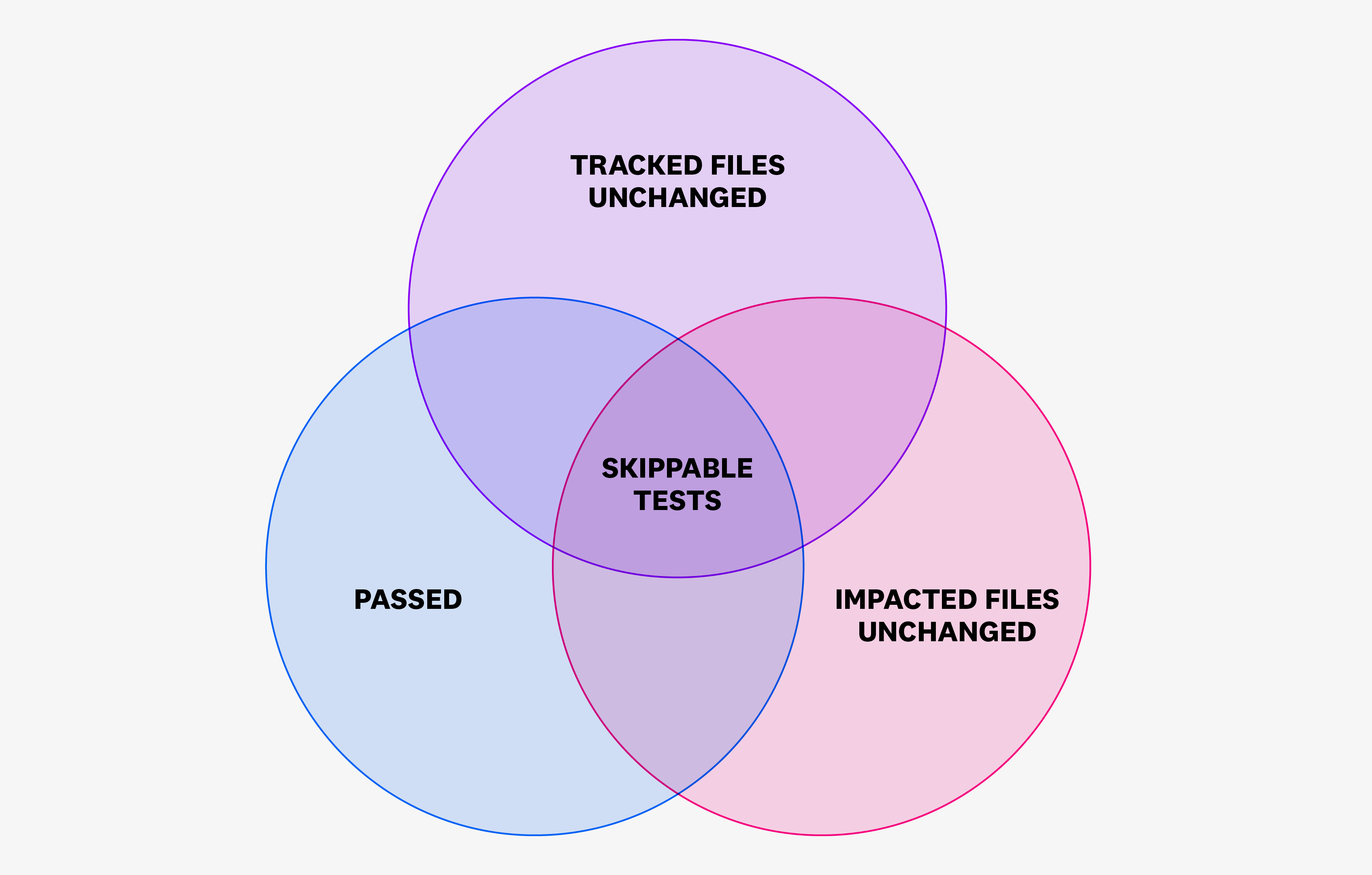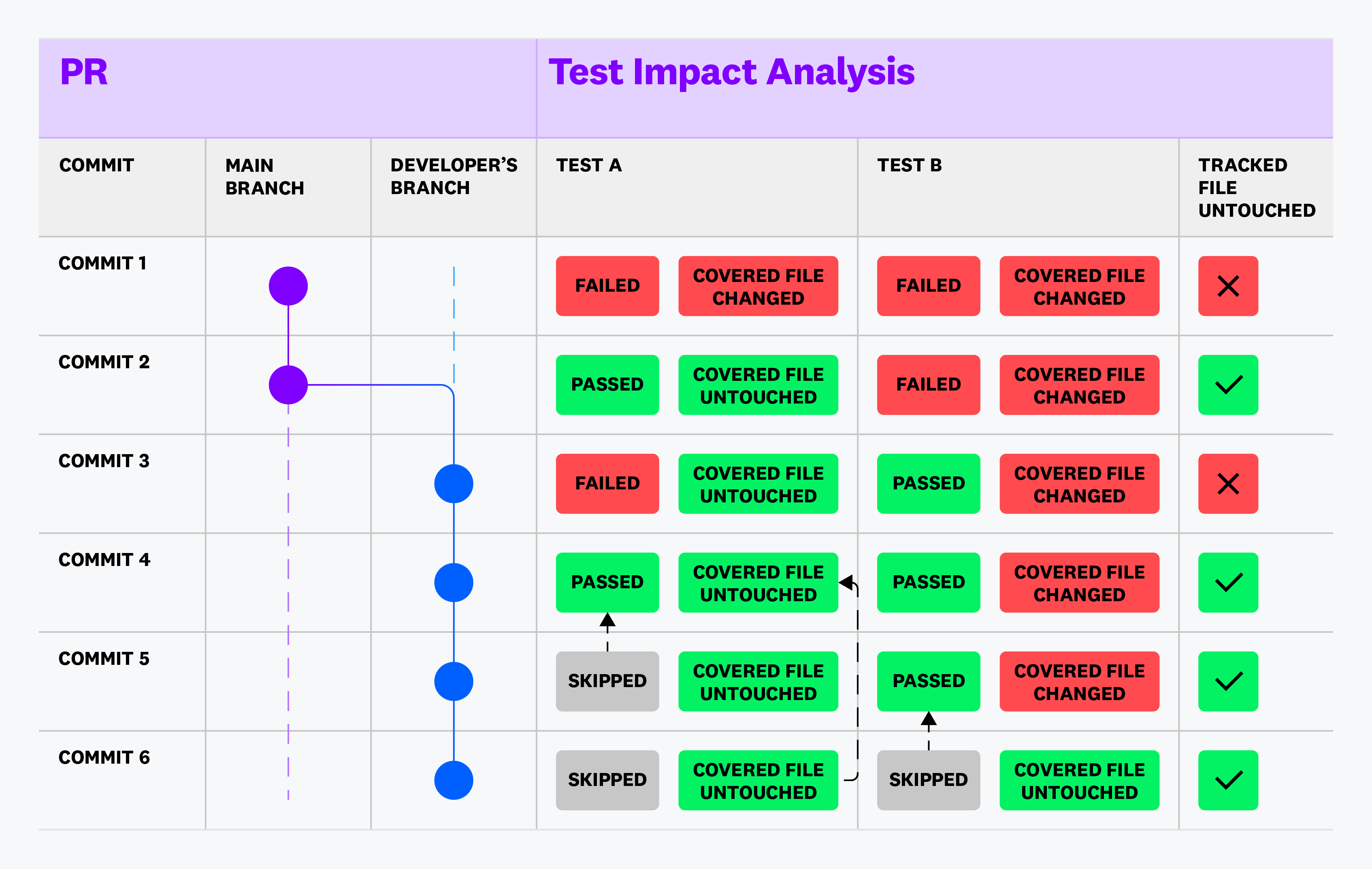- Essentials
- Getting Started
- Agent
- API
- APM Tracing
- Containers
- Dashboards
- Database Monitoring
- Datadog
- Datadog Site
- DevSecOps
- Incident Management
- Integrations
- Internal Developer Portal
- Logs
- Monitors
- OpenTelemetry
- Profiler
- Session Replay
- Security
- Serverless for AWS Lambda
- Software Delivery
- Synthetic Monitoring and Testing
- Tags
- Workflow Automation
- Learning Center
- Support
- Glossary
- Standard Attributes
- Guides
- Agent
- Integrations
- Developers
- Authorization
- DogStatsD
- Custom Checks
- Integrations
- Create an Agent-based Integration
- Create an API Integration
- Create a Log Pipeline
- Integration Assets Reference
- Build a Marketplace Offering
- Create a Tile
- Create an Integration Dashboard
- Create a Monitor Template
- Create a Cloud SIEM Detection Rule
- OAuth for Integrations
- Install Agent Integration Developer Tool
- Service Checks
- IDE Plugins
- Community
- Guides
- OpenTelemetry
- Administrator's Guide
- API
- Partners
- Datadog Mobile App
- DDSQL Reference
- CoScreen
- CoTerm
- Cloudcraft (Standalone)
- In The App
- Dashboards
- Notebooks
- DDSQL Editor
- Reference Tables
- Sheets
- Monitors and Alerting
- Metrics
- Watchdog
- Bits AI
- Internal Developer Portal
- Error Tracking
- Change Tracking
- Service Management
- Actions & Remediations
- Infrastructure
- Cloudcraft
- Resource Catalog
- Universal Service Monitoring
- Hosts
- Containers
- Processes
- Serverless
- Network Monitoring
- Cloud Cost
- Application Performance
- APM
- APM Terms and Concepts
- Application Instrumentation
- APM Metrics Collection
- Trace Pipeline Configuration
- Correlate Traces with Other Telemetry
- Trace Explorer
- Recommendations
- Code Origins for Spans
- Service Observability
- Endpoint Observability
- Dynamic Instrumentation
- Live Debugger
- Error Tracking
- Data Security
- Guides
- Troubleshooting
- Continuous Profiler
- Database Monitoring
- Agent Integration Overhead
- Setup Architectures
- Setting Up Postgres
- Setting Up MySQL
- Setting Up SQL Server
- Setting Up Oracle
- Setting Up Amazon DocumentDB
- Setting Up MongoDB
- Connecting DBM and Traces
- Data Collected
- Exploring Database Hosts
- Exploring Query Metrics
- Exploring Query Samples
- Exploring Database Schemas
- Exploring Recommendations
- Troubleshooting
- Guides
- Data Streams Monitoring
- Data Jobs Monitoring
- Data Observability
- Digital Experience
- Real User Monitoring
- Synthetic Testing and Monitoring
- Continuous Testing
- Product Analytics
- Software Delivery
- CI Visibility
- CD Visibility
- Deployment Gates
- Test Optimization
- Quality Gates
- DORA Metrics
- Security
- Security Overview
- Cloud SIEM
- Code Security
- Cloud Security
- App and API Protection
- Workload Protection
- Sensitive Data Scanner
- AI Observability
- Log Management
- Observability Pipelines
- Log Management
- Administration
How Test Impact Analysis Works in Datadog
This product is not supported for your selected Datadog site. ().
Overview
Test Impact Analysis is Datadog’s test impact analysis solution. Test impact analysis is a technique that has gained popularity over the past few decades. However, it’s typically hard and time-consuming to implement. Test Impact Analysis simplifies this complexity.
Test impact analysis maps each test to the set of code files in your repository that the test uses (per test code coverage). Its goal is to skip tests not affected by the code changes. This leads to a direct reduction in time spent testing in CI.
An extreme example is a pull request that only changes a typo in a README file. For that PR, running all tests doesn’t provide any value. On the contrary, flaky tests might make your CI fail, forcing you to retry the pipeline, potentially multiple times, before merging. This is a waste of both developer and CI time. With Test Impact Analysis, a PR changing a README file would skip all tests.
What sets it apart
Some test selection solutions don’t rely on code coverage data and make up for it by using machine learning. These systems infer which tests are relevant in a probabilistic fashion and might miss tests that were relevant, leading to build failures in your default branch. Machine learning based techniques also typically require longer periods of data collection before they’re able to work. Test Impact Analysis begins working immediately after a baseline of code coverage is gathered.
While other test solutions calculate test impact analysis using code coverage too, they only consider the last commit diff when evaluating which tests to run. As an example, this is a problem with GitHub’s pull requests, which only take into account the CI status of the latest commit to allow merging. As a result, you must run all commits through CI or risk skipping tests that should have run.
Test Impact Analysis leverages per-test code coverage information along with data from Test Optimization to search previous tests in all relevant past commits. Configuration of Test Impact Analysis is a one-click operation in most languages, and the results are accurate and more precise than other methods.
How test selection works
When you enable Test Impact Analysis, per-test (or per-suite, depending on the framework) code coverage is transparently collected and sent to Datadog.
The Datadog backend uses that information to search through previous test runs to determine if a given test can be skipped. If Datadog has a record of the test passing in a commit where the covered and tracked files are identical to the current commit, the test is skipped. This is used as evidence that the code change didn’t impact the test.
The Datadog library then removes tests marked as unskippable in source from the skippable tests list. It then proceeds to run the tests, but directs the test framework to skip those that remain in the skippable test list.
Let’s take a look at a specific example:
The diagram above shows a developer branch that branches out from main and has several commits. On each commit, the CI has been running two tests (A and B) with different results.
- Commit 1 ran both tests. This commit contained changes that affected the tracked files, and the covered files of both A and B.
- Commit 2 ran both tests again:
- Test A has to be run because, although this commit did not affect test A (no changes in tracked files or covered files), there are no previous test runs that passed for Test A. Since Test Impact Analysis cannot guarantee a passing status if it were run, it doesn’t skip it. This time, the test passes, which indicates this is a flaky test.
- Test B was run both because there is no previous successful test run for this test, and also because commit 2 changes files that affect it.
- Commit 3 runs all tests because a tracked file was changed.
- Commit 4 runs all tests:
- Test A is run because there is no previous test run that meets all criteria: test runs from commits 1 and 3 cannot be used because they failed, and the test run from commit 2 cannot be used because tracked files have been changed since commit 2 until commit 4.
- Test B is also run because there is no previous test run that meets all criteria: test runs from commit 1 and 2 cannot be used because they failed, and the test run from commit 3 cannot be used because covered files for test B were modified between commits 3 and 4.
- Commit 5 was able to skip one test:
- Test A could be skipped thanks to the test run in commit 4. This test run meets all of the necessary criteria: tracked files haven’t been changed between commits 4 and 5, neither have the impacted files for test A, and test A passed in commit 4. Therefore, if the test were run it would exercise the same code paths as in commit 4, and it would not provide any new information in the CI. In this case, skipping Test A has two benefits: there’s the performance/cost benefit of not running the test as well as the increased reliability of the CI since Test A is flaky.
- Test B had to run because its covered files changed in commit 5.
- Commit 6 was able to skip both tests:
- Test A could be skipped thanks to the test run in commit 4.
- Test B could be skipped thanks to the test run in commit 5.
Further reading
Additional helpful documentation, links, and articles:



